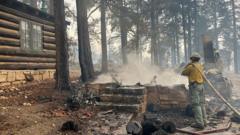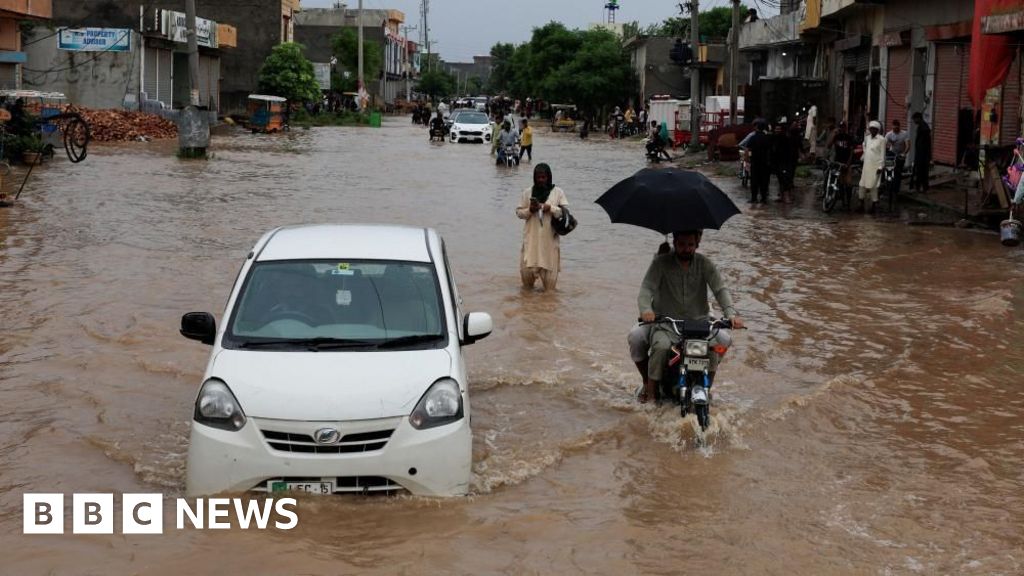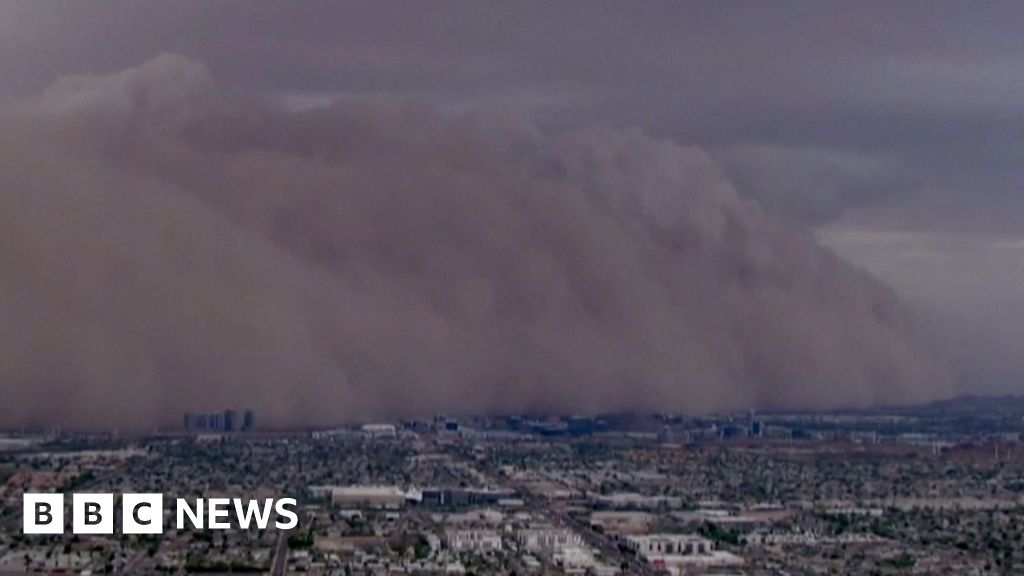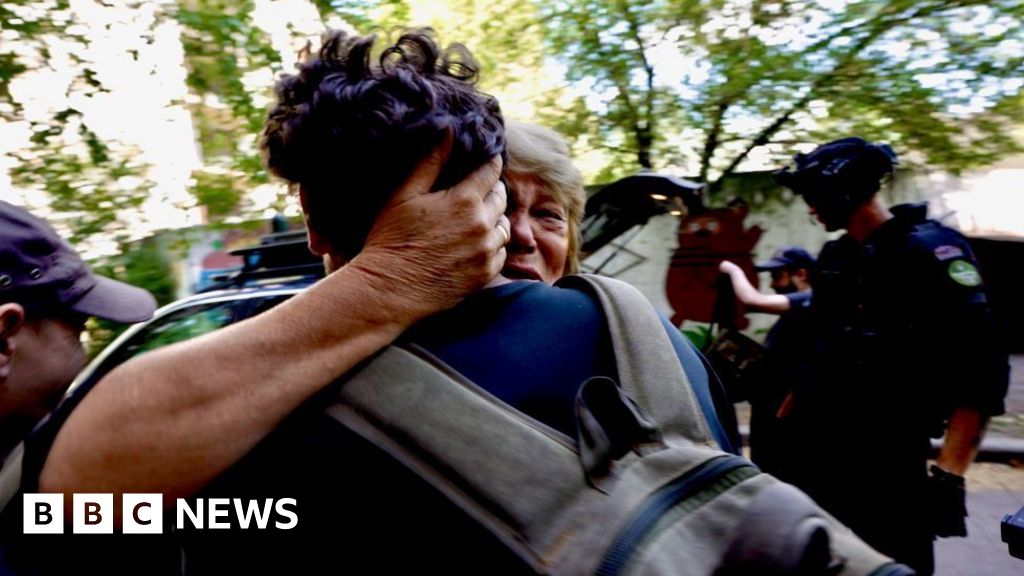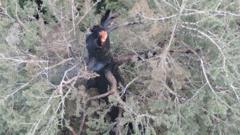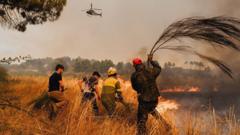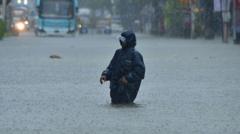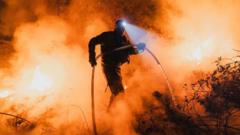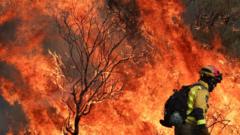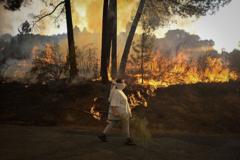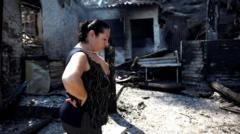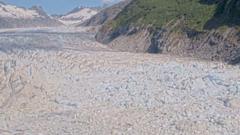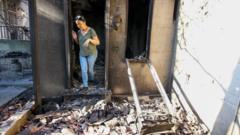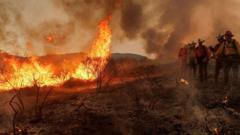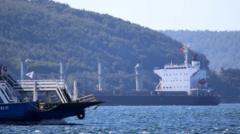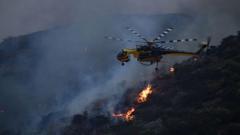A significant wildfire known as the Dragon Bravo Fire has ravaged parts of Arizona, notably leading to the destruction of the iconic Grand Canyon Lodge. This historic structure, which provided the only accommodation on the North Rim of the national park, has been reduced to ashes amidst a broader devastation that includes numerous other buildings. As intense flames fuelled by strong winds up to 40mph continue to blaze, it has become essential to assess the broader implications of these fires on both the environment and tourism.
Starting on July 4, the Dragon Bravo Fire ignited due to a lightning strike, while the White Sage Fire, reported on July 9, has further exacerbated the situation following thunderstorms in the region. Authorities are determined yet face significant challenges, as both fires remain at a dangerous 0% containment level as of Monday. Preliminary evaluations indicate the loss of between 50 and 80 buildings, which include essential facilities such as administration offices and visitor centers.
Aramark, the lodge's operator, expressed deep sorrow at the loss, emphasizing the safety of employees and guests during the evacuation process. "As stewards of some of our country's most beloved national treasures, we are devastated by the loss," they declared. Fortunately, there have been no reported injuries connected to the fire, however, firefighters were forced to evacuate certain areas due to a chlorine leak from a nearby water treatment facility, indicating the complex risks involved in firefighting efforts.
Arizona’s Governor Katie Hobbs criticized the federal management of the situation, linking the fire's escalation to misjudged decisions regarding controlled burns during a precariously dry summer. This claim drew responses from the U.S. Interior Department, which defended its handling of the fires. Spokesperson Elizabeth Peace firmly stated that the federal response was competent, highlighting a professional understanding of wildfire threats.
Alongside the Dragon Bravo Fire, the White Sage Fire has consumed over 40,000 acres in the Kaibab National Forest, forcing hundreds to evacuate. Despite the chaos, the Grand Canyon remains a top tourist destination, with nearly five million visitors in 2024. The South Rim remains unaffected and open, yet the closure of the North Rim for the entirety of the 2025 tourist season marks a significant impact on local economy and tourism. The unfolding events of these fires shed light on the challenges posed by wildfires, calling for careful consideration of management strategies and emergency responses in vulnerable areas like the Grand Canyon.

